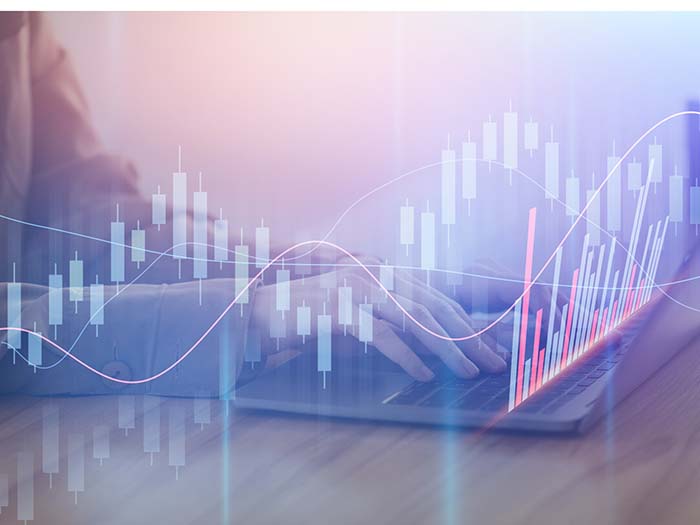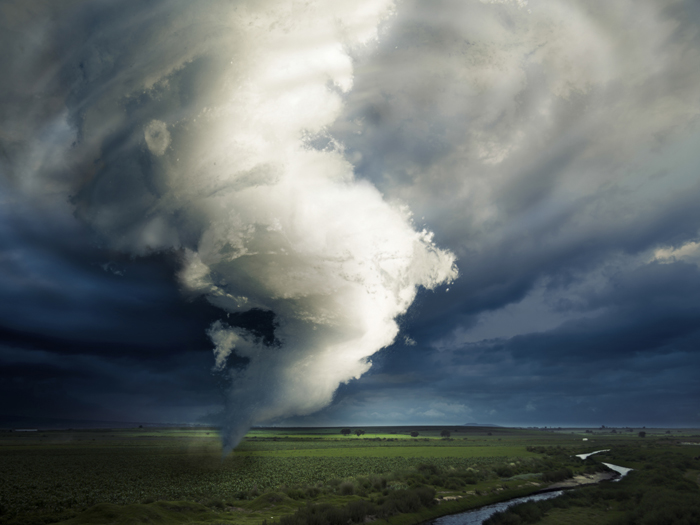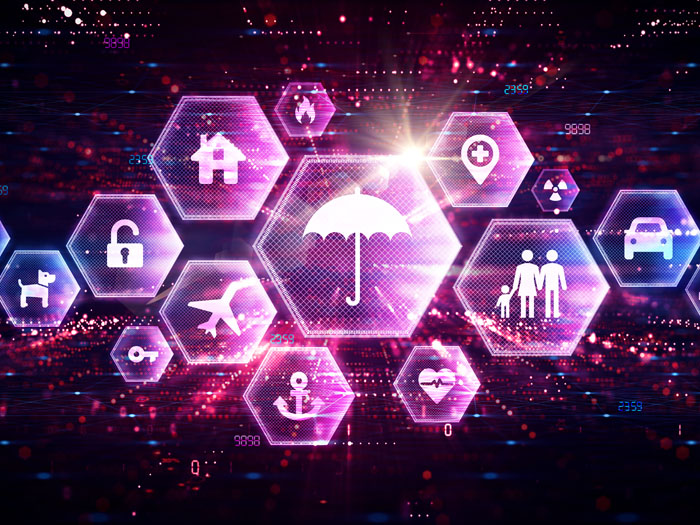June Is National Safety Month. Is Your Organization Watching These 3 Critical Workplace Safety Factors?

Since 1996, Americans have observed National Safety Month each June.
The month-long event, which is intended to increase awareness of leading safety and health risks and how they can be addressed, was started by the National Safety Council. This year, its recognition is more important than ever as employers figure out how to safely bring workers back to the office after the COVID-19 pandemic.
“Preparedness is a big key piece,” said Michelle Despres, vice president of physical therapy at One Call.
“The workforce has been home for more than a year, and it could be as long as a year and a half before they return to the office.”
“We’re in a different world,” added Mark Bilger, chief information officer at One Call. “For example, our call centers are staffed from home now, and we have to protect people’s home workstations like we used to protect our on-premise data centers.”
This safety month, Despres and Bilger sat down with Risk & Insurance® to discuss three areas employers and the entire workers’ compensation industry should be paying attention to when it comes to keeping the workplace safe and secure.
1) Cyber Security: A Critical Part of Workplace Safety

Mark Bilger, chief information officer, One Call
Workplace safety goes beyond ensuring physical safety. Of equal importance is protecting the safety of the company and any customer data the company may have access to.
In workers’ compensation, building strong networks and cyber security practices can help ensure that injured workers have continued access to care and information about their claims during natural disasters.
Nowadays, many injured workers access information about their claims using online portals and receive workers’ compensation payments using direct deposit systems or online transfers.
During the COVID-19 pandemic, technology played an increasingly important role to ensure injured workers had access to care.
Usage of telerehab, telephysical therapy and other telemedicine programs increased across the industry during the pandemic, with some services reporting a 200% increase in total patients, according to NCCI.
This increased dependence on technology within the industry means it is vital workers’ compensation systems are able to remain online even in the event of a storm that could knock out power or internet services.
Given that National Safety Month coincides with the beginning of hurricane and wildfire seasons, it is crucial workers’ compensation programs consider strengthening their networks and security systems before a powerful natural disaster strikes.
“In the past, if you had a catastrophic event disable your data center in a certain location, you still had backup. You had the ability to run your production workload elsewhere. Now, while we still have that, we’ve also moved an increasing amount of our workload to the Cloud. So, it’s dispersed over a lot of places,” Bilger said.
Additionally, strong network security can protect the sensitive, HIPAA-protected data that comes with a workers’ compensation claim.
“Increasingly in the world of cyber security, hackers are no different than ordinary people. If they can be lazy and do their job, they will be,” Bilger said.
“That means they look for the weakest links in companies. We’re awash in HIPAA data … protecting customer data is job number one. And that starts with our awareness and our employees’ awareness.”
When many people think of computer hacks, they think of a bad actor, often in a foreign country, targeting sensitive government data, but Bilger emphasized most attackers are looking for simpler points of entry, like freezing a vulnerable company’s system through ransomware and demanding payment.
“When we think of cyber, it’s almost always these very smart hackers in foreign countries attacking us through ways that seem magical, impenetrable and hard to understand,” Bilger explained. “But there are simpler ways to be attacked.”
Network security is especially important now that more workers are remote. Prior to the pandemic, companies were mostly focused on protecting large offices or data centers, but now they have to make sure each employee’s individual workstation is secure.
“Customer data is now present, at least temporarily, on every workstation,” Bilger said. “Each of these workstations has to function as a mini data center from the standpoint of reliability, availability and integrity.”
2) Physical Safety: What to Consider when Bringing People Back to the Office
Every employer’s favorite type of workplace injury is the kind that is prevented from happening due to robust physical workplace safety measures.
Many office workers have been working from home for more than a year, and their workspaces range from a desk to a kitchen counter to a sofa.
As employers begin to reopen their offices and establish what the “new normal” looks like, employees will continue to be in flux as they adjust to office environments that remain remote, adopt hybrid telecommuting, or return to an in-person schedule.
Whatever the set-up is, employers need to make sure their employees have ergonomically-sound workstations.
Proper ergonomic setups both improve worker productivity and prevent injuries. Musculoskeletal injuries, which are often the result of poor workplace ergonomics, cost the U.S. $332 billion between 2012 and 2014.
Even without injuries, the cost of working in discomfort is high: “There’s a term that’s fairly new called ‘presenteeism.’ That’s what we have when we think of people who are working in discomfort and what the cost of that is,” Despres said.
The Harvard Business Review estimates presenteeism costs employers more than $150 billion per year.
Industrial workers, too, can benefit from a renewed focus on ergonomic safety in the wake of the pandemic. The economic downturns due to the pandemic caused many employers to layoff or furlough their industrial workers.
Construction jobs, jobs in mining and gas extraction, and those in manufacturing were some of the hardest hit, according to an AARP analysis of data from the U.S. Bureau of Labor Statistics.
That means many workers with physically demanding jobs could be returning to work after months of being sedentary while unemployed.
“You’re going to have people who haven’t been strength training regularly or may have put on extra weight while unemployed,” Despres said.
Employers can implement ergonomics training, wellness programs, and incentives like discounted gym memberships or onsite yoga classes to help make sure returning workers are ready for the physical demands of their jobs.
As companies get ready to embrace the post-pandemic “normal,” they should also consider the role workplace ergonomics and post-offer employment testing (POET) play in keeping their workforce safe and physically healthy.
POET can help ensure employees are able to physically handle the demands of their jobs by testing their range of motion, physical strength and other factors, but Despres noted they are not a good fit for every type of company.
“I always tell people out of the gate this isn’t a good fit for everyone,” she said. “First, we look at their hiring patterns. We look at their turnover rate. We look at the types of injuries they’re solving for.”
Before implementing POET programs, employers should consider if injuries could be reduced by simple actions like moving heavy objects to lower shelves or whether only a certain subset of workers need to be tested.
3) Mental Health: Why You Can’t Ignore Biopsychosocial Factors

Michelle Despres,vice president of physical therapy, One Call
For workers, returning to the office after the pandemic will not just be a physical change but an emotional one as well. Employees may be grappling with fears about catching the virus or they may be stressed about returning to the office because of changes to other areas in their life.
Some workers may have sold their cars during the pandemic and are now without transportation, while others may be dealing with uncertainties about childcare.
When it comes to easing people back into the office, Despres recommends communicating your company’s plans well in advance. That way, employees can mentally and logistically prepare.
“Giving people an opportunity to make arrangements for whatever needs to be arranged is a huge help,” Despres said.
Emotional safety is not just something employers need to worry about when bringing employees back after the pandemic, either. An injured workers’ biopsychosocial factors should be taken into account every time an injured worker files a claim.
“Everybody wants to talk about bio, psycho and social factors,” Despres said. “That’s a big buzz in the industry.”
One of the reasons biopsychosocial care is gaining so much traction is because it takes into account different mental health and situational factors that could affect an injured worker’s recovery.
A worker struggling with depression will need a different recovery plan than someone who may be anxious to get back to work due to factors like financial strain.
“If you take 10 people who all have a low back injury, they could all have a different recovery journey,” Despres said. “If someone is dissatisfied with the care they are receiving, their job, or don’t have a strong support system at home, their outcomes could be impacted.”
Adopting a biopsychosocial approach allows workers’ compensation programs to catch any factors that might delay a worker’s recovery and address them early on in the claim.
That may look like ensuring a worker has access to transportation so they can make their physical therapy appointments, or it could mean recommending that an injured worker who is struggling with their mental health seek care from an Employee Assistance Program.
“If you mitigate these things early, you prevent a lot of issues,” Despres said. &










